Fort Hunt, Virginia
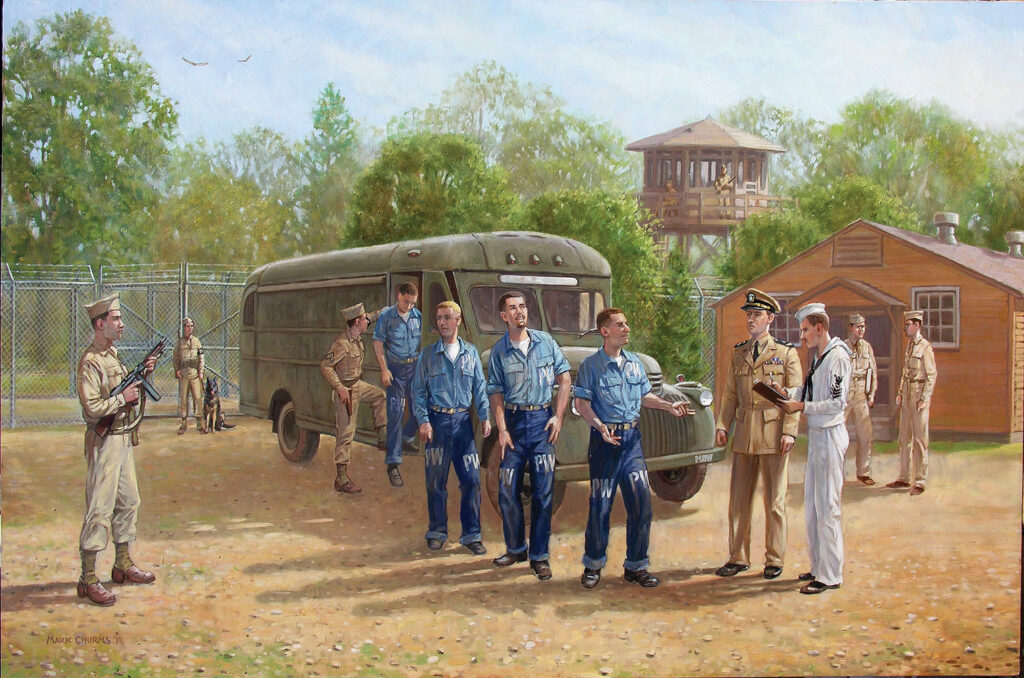
By Dallas Looney Fort Hunt, located along the Potomac River in northern Virginia, was part of George Washington’s Mount Vernon estate and remained part of the property until 1892, when the War […]
175th Infantry Regiment
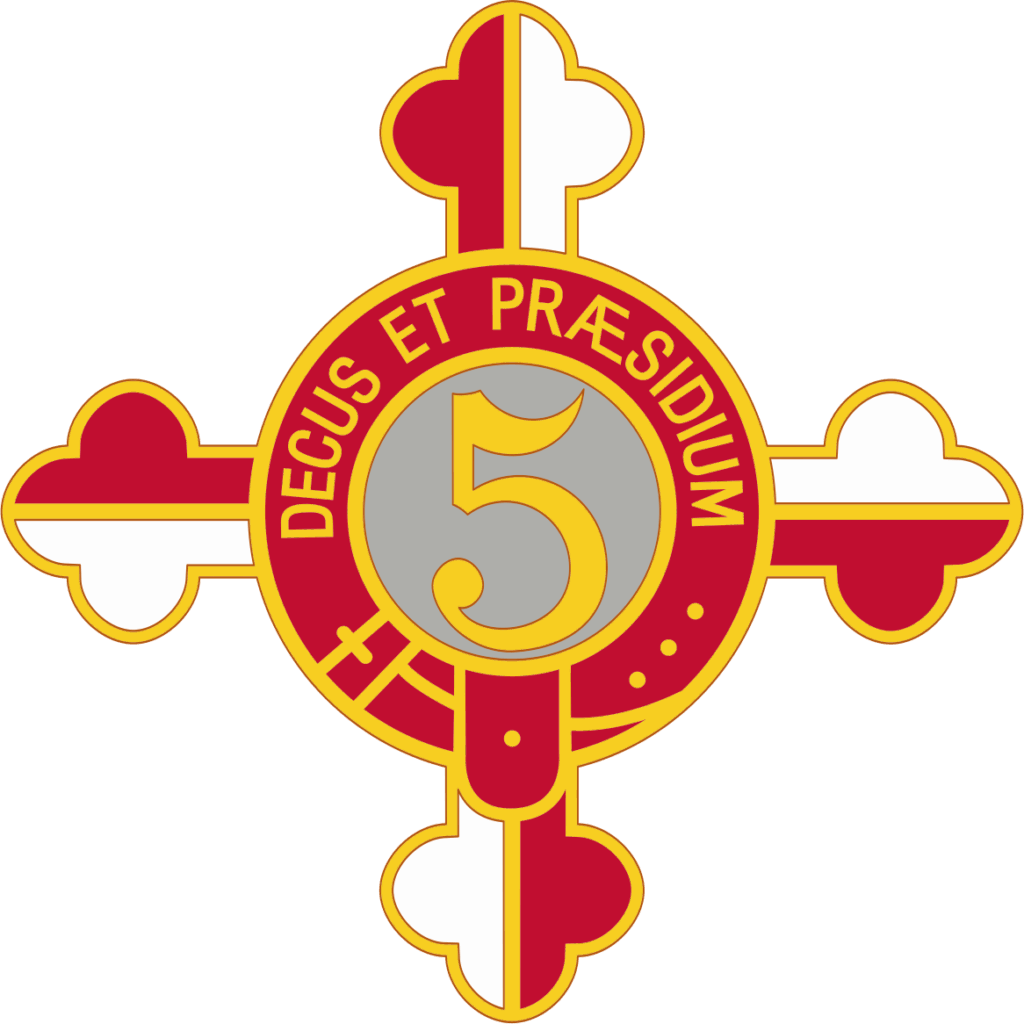
The 175th Infantry is the oldest continuously operating military unit in Maryland, and the seventh oldest regiment in the U.S. Army.
Operation Cowboy
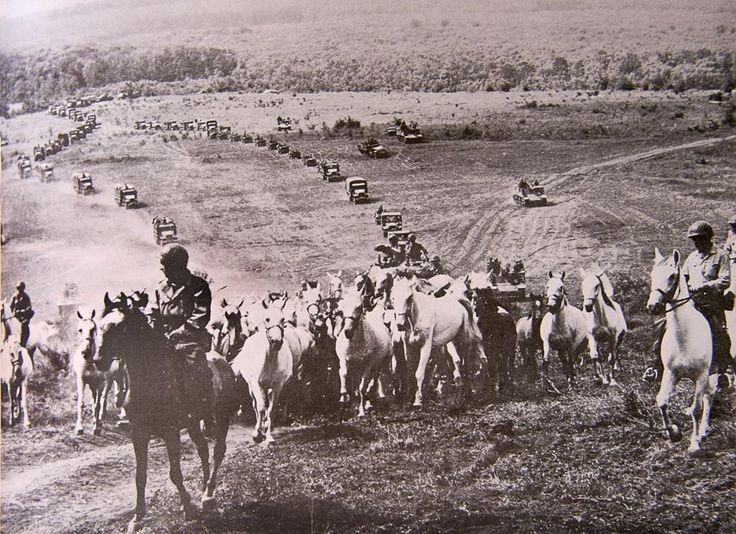
By Dallas Looney War is a dreadful affair, where soldiers’ and civilians’ lives are forever changed through brutality and destruction. Yet even within this dire reality, opportunities sometimes arise for […]
Eyewitness: Artillery Support in the Bulge – Belgium, December 1944
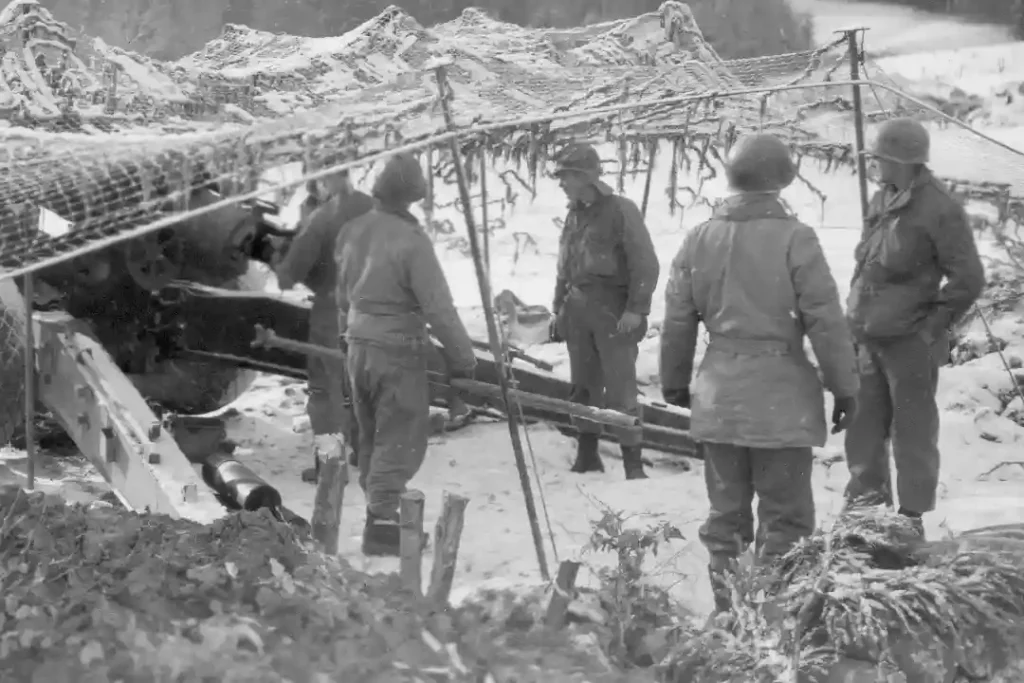
Snow falls on the camouflage net of a 155mm M1 Howitzer of the 254th Field Artillery Battalion
Ardennes-Alsace Campaign (Battle of the Bulge) Artwork
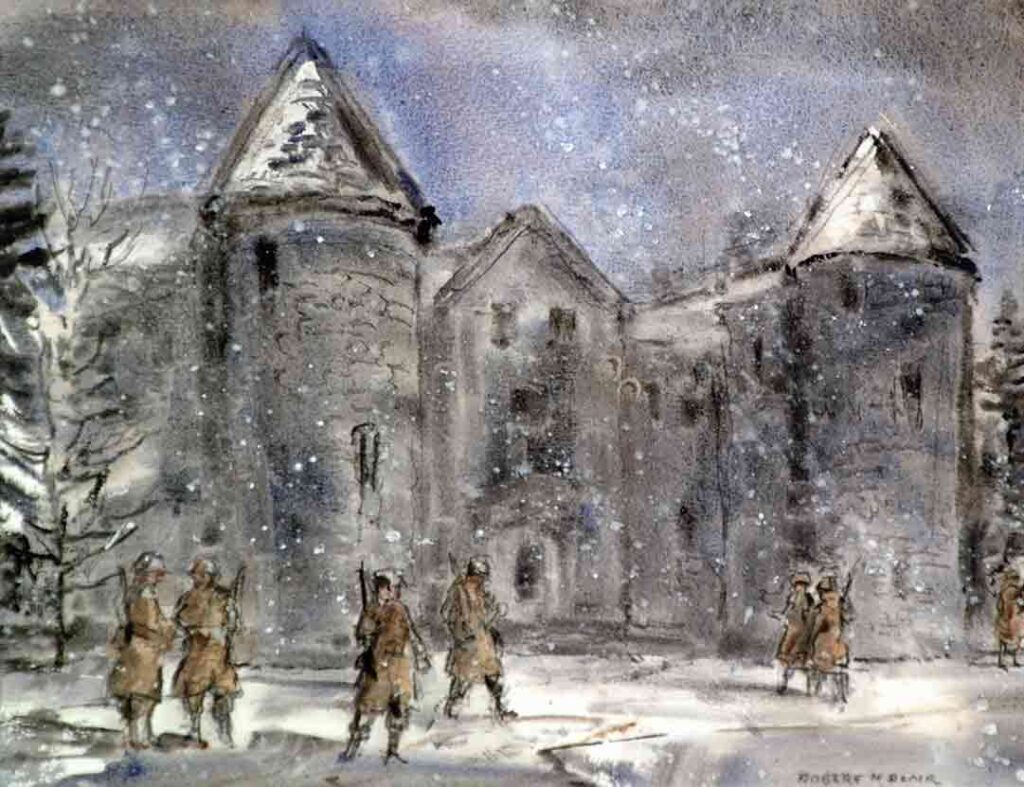
On 16 December 1944, the German Wehrmacht launched what would be its last major offensive in the West. After 2,000 guns and Nebelrwerfer rocket launchers bombarded the American lines, three […]
Fort Wainwright, Alaska

Fort Wainwright is a powerhouse of Army might, with over 7,700 soldiers posted there.
L-4 Grasshopper
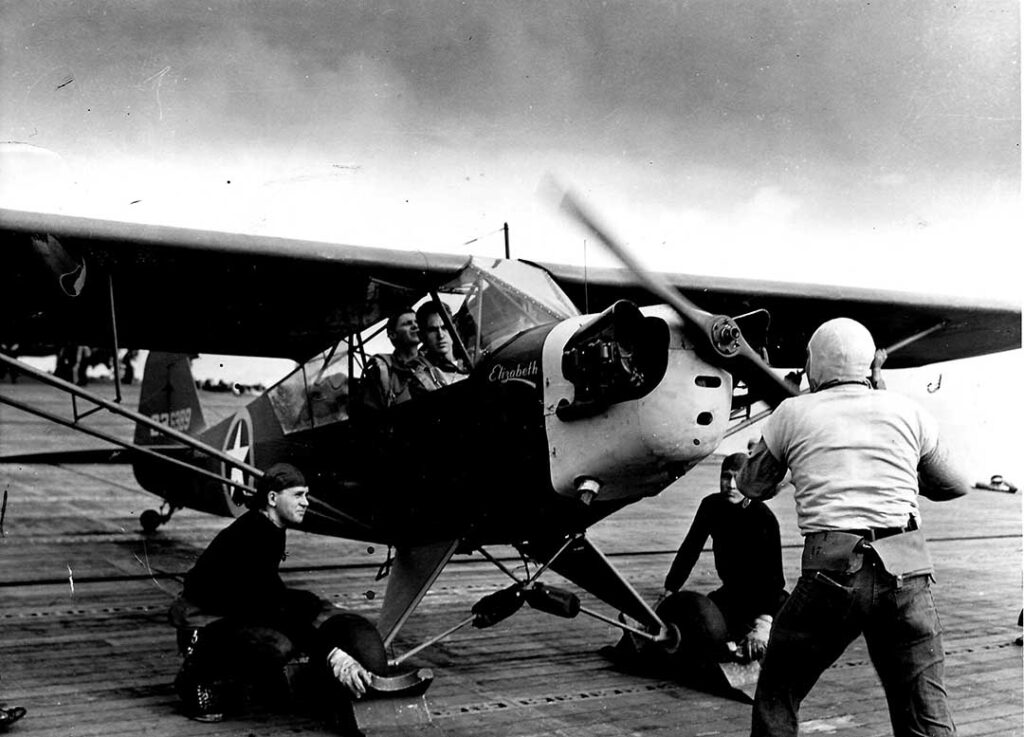
Bought in the thousands to serve a niche yet key combat role of World War II, the L-4 Grasshopper flew everywhere the Army went rolling along.
General Anthony C. McAuliffe
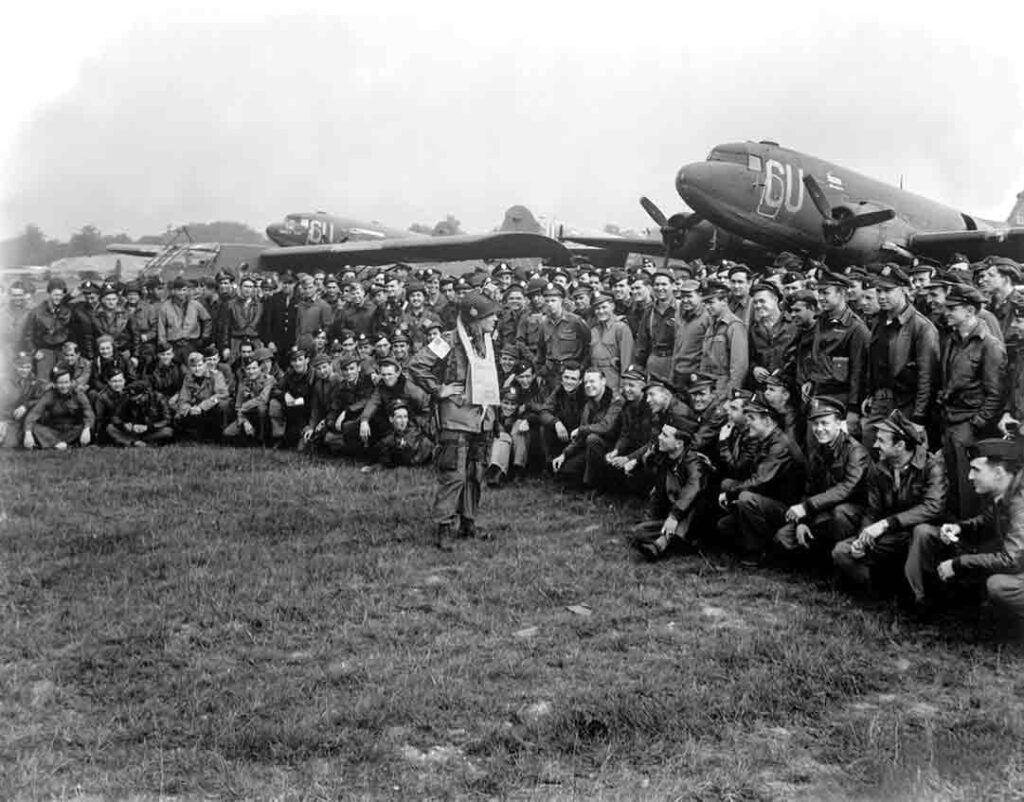
McAuliffe etched his name in U.S. Army lore when he issued a defiant one-word response to a German demand to surrender the American forces holding Bastogne.
99th Infantry Division
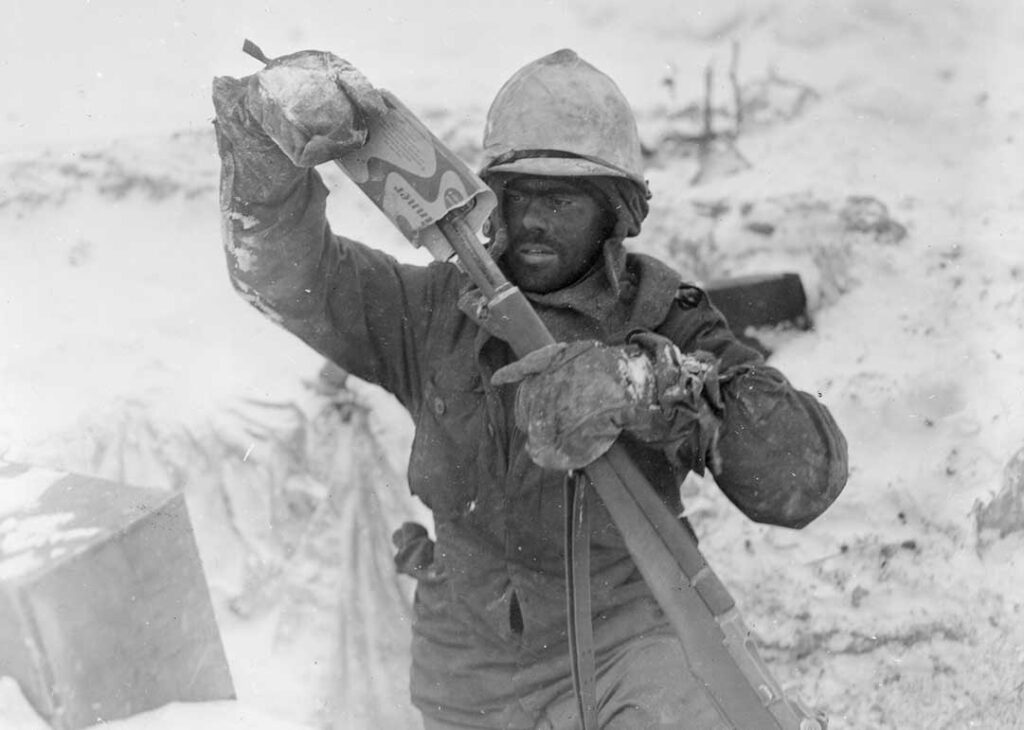
The “Checkerboarders” fought fiercely in World War II, witnessing 151 days in combat, particularly during the Battle of the Bulge.
Suicide Jockeys: The Making of the WWII Combat Glider Pilot Review
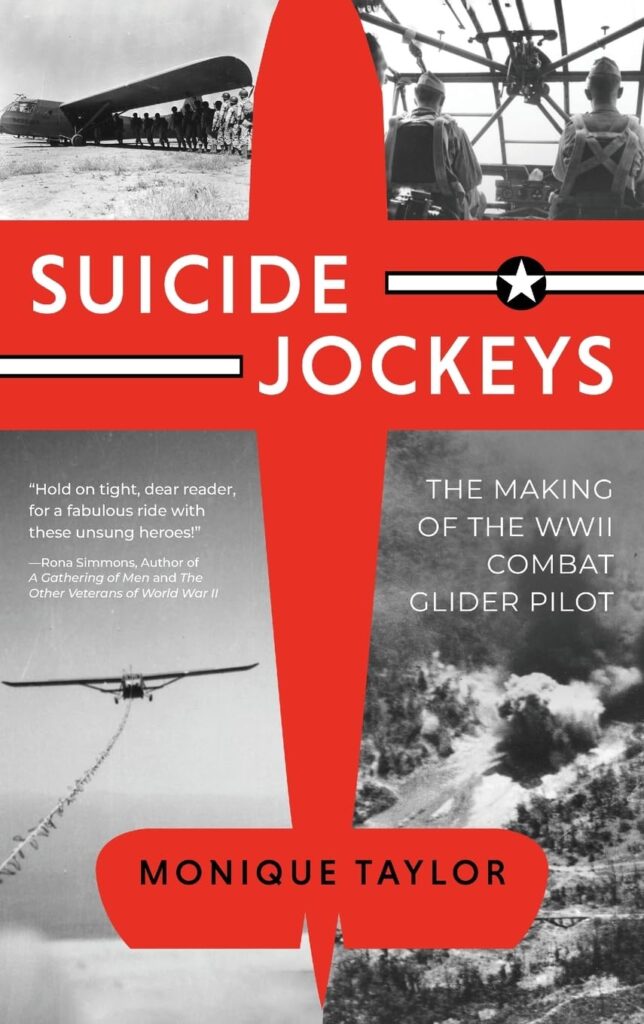
“[For] anyone who wants to learn more about the young men who fly their gliders into great danger on silent wings, this book tells their story very well indeed, and certainly deserves a place in the records of American airborne operations in World War II.”

